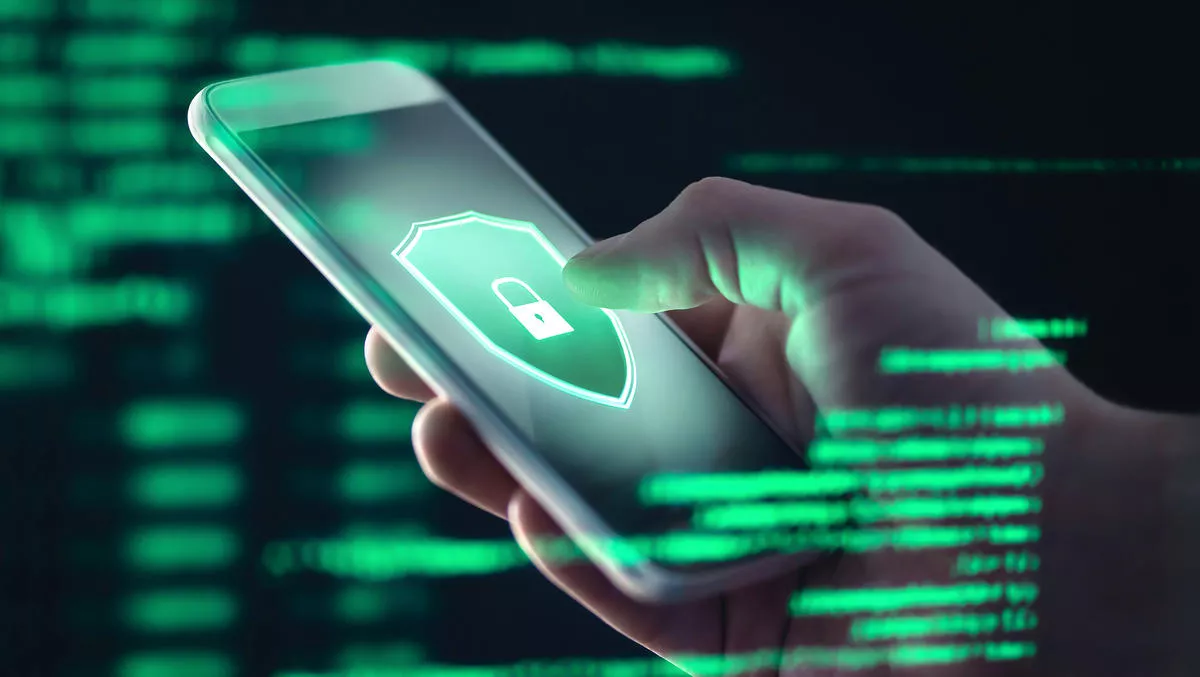
How businesses can lift protection against mobile threats
The increased use of personal phones for work, and the growth of mobile malware, are creating and escalating risk to organisations.
The mobile phone has become ubiquitous both personally and professionally. Many organisations have BYOD (bring your own device) policies in which employees are allowed or even encouraged to use their own personal mobile phones for and at work.
Many of these devices are able to access corporate networks and sensitive data, yet many may not be as protected or secured as company-owned devices, opening up a Pandora's Box of potential security threats.
A recent report looks at the use of mobile devices on business networks and the risks posed by mobile malware and inadequate security. The report also offers advice on protecting organisations from mobile threats.
The report points to a couple of recent studies, one of which discovered that 80% of employees use their personal phones for work-related purposes and the other that found that 70% of businesses allow employees to bring their own devices to work. Further, 53% of all device usage worldwide is from mobile devices, compared with 44% for PCs.
At the same time, malware has increased. In 2018 alone, 750 million pieces of malware accounted for more than 10 billion attacks. Though mobile malware represents only a tiny percentage of that total, the types of threats found on mobile devices can gain access to sensitive information.
Specifically, credit card data, intellectual property, and PII (personally identifiable information) can be accessed through Software-as-a-Service (SaaS) apps used on mobile devices.
Mobile devices can open the door to different types of threats:
Number of applications
Many mobile devices store anywhere from 60 to 90 different apps, including email, SaaS-based programs, cloud storage, social networks, games, and news apps.
The more apps requiring updating, the more protocols accessible, and the more time someone spends on the device, the greater the potential risk.
Increased attack surface
The growing number of cloud services accessible on a mobile device can trigger more ways to exfiltrate data or access sensitive information.
Attackers can use information obtained from users to devise phishing emails to gain entry to the mobile device. Further, hackers can tap into methods such as drive-by downloads, watering hole attacks, and website compromises to use a mobile device as a gateway into the corporate network.
Form factor
Mobile devices are equipped with certain exploitable features, such as cameras and microphones. A compromised phone taken into a business environment can be used to snap photos of sensitive documents or presentations.
Blurring the line between work and personal use
Mobile users can easily blend together personal and professional contacts and other information. As a result, they can make mistakes such as emailing sensitive data to the wrong person or posting confidential material to a social network.
A device that's been hacked over public Wi-Fi could see its email, social media, and VoIP conversations compromised.
To help organisations defend themselves against threats from mobile devices, here are some useful tips:
1. Limit use
One of the most effective ways to secure an environment is to limit the use of mobile devices in sensitive business locations.
2. Monitor the network
Be sure to employ network detection and response (NDR) solutions to analyse mobile device traffic for inbound, outbound, and interoffice communication activity associated with threats.
3. Check BYOD policies
Make sure BYOD policies are tight enough to deliver peace of mind. They should reflect a clear understanding of what types of apps cannot be used organisationally and what usages are permitted or disallowed (e.g. transferring company files from approved cloud storage to unapproved cloud storage).
4. Mobile device management
Solutions that allow policy implementation on mobile devices are always a good idea. Make sure there are policies in place that lock down devices, whitelist applications and ensure VPN access.
5. Multi-factor authentication (MFA)
This type of authentication has become widespread and should be one of the many implementations to be included.
6. User education
Never forget that users are the first line of defence. It's not enough to do compliance training once a year: Threat actors continuously update and enhance their attacks, so continuous education (including phishing simulations) can go a long way towards keeping security top of mind for employees.

